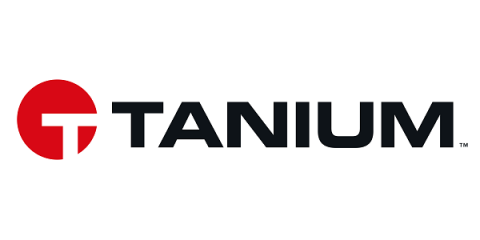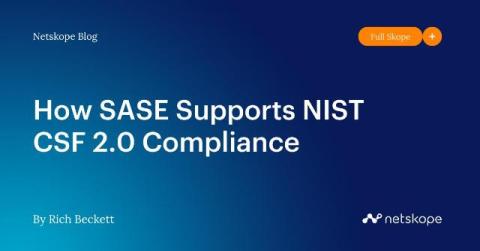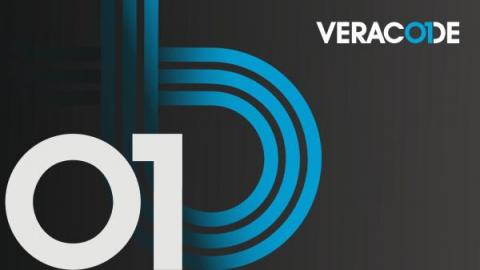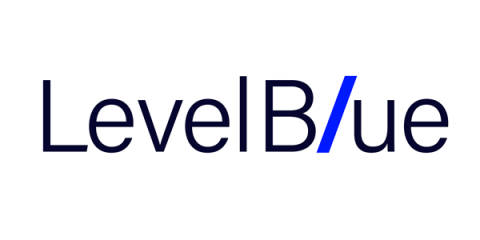Mastering success: 5 key stages of professional services delivery
In this blog post, Kelsey Sevening, Sr. Manager, Project Management at Tines shares what customers can expect when engaging with our professional services team to help them reach their goals faster. When it comes to investing in professional services, the quality of the experience can vary widely. While some customers might have exceptional experiences and others less so, most find themselves somewhere in the middle.











